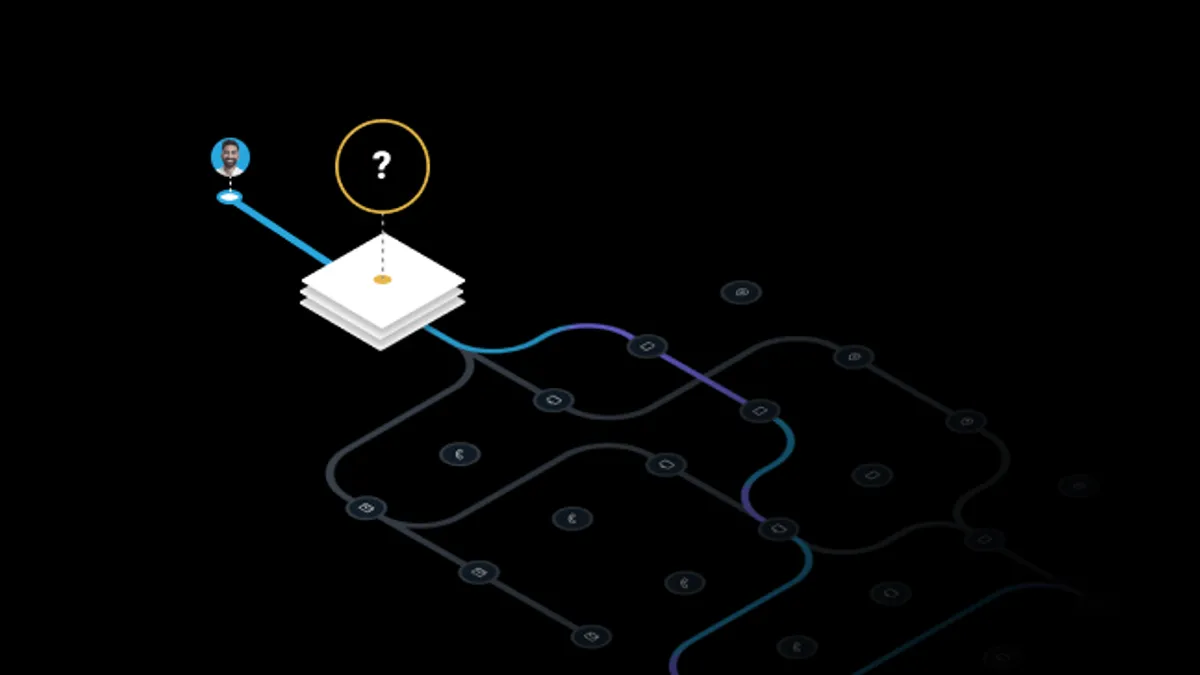Consumer-facing industries such as retail, financial services, media and CPG are in the throes of massive disruptions caused by social and economic factors and exacerbated by the developments with COVID-19. Leadership needs to enact transformative change that takes the business from a function-centric organization to a seamless, customer-centric organization.
Most leaders acknowledge that this transformation hinges on building a customer experience (CX)-led operating model capable of responding to constant changes in a multichannel environment.
Central to this transformation is having the organization’s people, processes and technology orchestrating through an intelligent hub that understands customer behavior across channels. This enables all functions of the business to convert that understanding — in the form of data and insights — into winning customer experiences at scale. The Gartner Annual CMO Spend Survey 2020-21 confirms that need for improved customer understanding and insight will remain an imperative well into 2021.
And yet for many, transforming into a truly customer-centric organization is still a distant dream. What’s stopping them? Of the 83% of executives who said that silos existed in their companies, nearly a hundred percent (97%) said they have a negative effect on business outcomes. These silos manifest as manual, slow and reactive processes; disconnected teams and fragmented technology, obstructing the goal of a customer-centric operating model.
But it’s not the silos alone that are problematic; it is the response — or lack of it — by business leaders tasked with addressing CX gaps caused by these silos.
The Impact of Suboptimal Responses to the CX Challenge
This is a crucial time for business leaders as they weigh the benefits and costs of different approaches to building a customer-centric organization. But despite the awareness that a change in design and delivery of CX is imperative, many run the risk of oblivion with the wrong choices.
Option A: Some believe that doing nothing or delaying investments in change will work for a few more years. When a business decides to save money by doing nothing, they incur costs in terms of lost productivity and lost time, but also equally critical, in lost customers and revenue opportunities. With 69% of consumers ready to change their bank, retailer or insurance provider due to a disconnected experience, companies that do not invest in customer-centric operating models expose themselves to the same risk. The many unseen and unaccounted costs of doing nothing may ultimately extract the highest price — the viable existence of the business itself.
Option B: Others believe that staying with current solutions and platforms could be a viable solution for present and future CX challenges. For instance, many organizations have deployed ‘all-in’ marketing suites and experience clouds which are great at some digital marketing use-cases, but are not set up to solve for the complex, dynamic nature of omnichannel CX. Such tech stacks, as we see from this Gartner study, are incapable of true integration, of allowing data flow across touchpoints, or enabling different functions to act on it. They cannot also deliver on the scale and speed that is needed for seamless CX across multiple channels. This improvisation approach won’t afford more than a band-aid effect that is not sustainable to the CX challenge.
Option C: A third group of companies become heavily invested in expensive, cumbersome and inflexible in-house solutions that soak up time and resources from the IT team, without delivering the cost or efficiency benefits originally desired. Such in-house solutions are not on the cutting edge of CX technology, which provides real-time responsiveness to market dynamics like emerging channels, new customer preferences and unforeseen challenges like the recent COVID-19 crisis. While such a build-from-within approach does offer benefits such as more control of the solution, the disadvantages include a system that is hard-coded and inflexible, along with suboptimal user interfaces that stymy business efficiency. The impact of these challenges are not lost on marketers who say they lose 14 hours per week in productivity from their homemade technologies.
When business leaders choose a suboptimal approach, the resulting inability to walk the CX talk extracts a heavy toll on revenue, ROI and efficiency-related metrics, ultimately threatening profitable survival. Now is the time for business leaders to ask if they want to limp along the CX maturity curve hindered by legacy solutions, technical debt and inadequate systems that were not built to deliver CX at scale; or take the plunge towards building a truly change-resilient operating model powered by customer data and built to deliver results.
The Smart Approach to the CX Opportunity
Winning with CX needs a customer-centric operating model to:
- Eliminate organizational silos
- Fully integrate people, process and technology around the customer
- Seamlessly deliver the experiences needed to win and keep customers
- Build in organizational resiliency to market and customer dynamics










